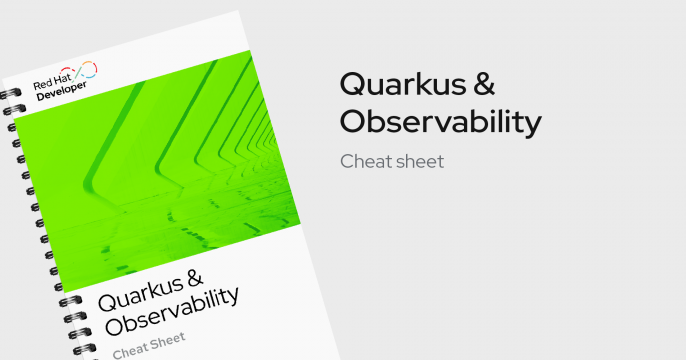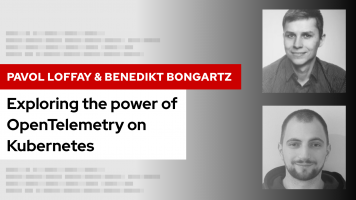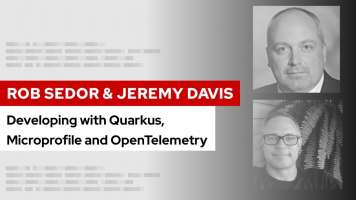Observability: Monitor, measure and analyze your application
Get insights into the performance and health of your applications.

What is Observability?
Observability is the ability to monitor, measure, and interpret a system or application's status by analyzing its outputs, logs, and performance metrics. This data helps to improve system reliability, makes troubleshooting more efficient, enables data-driven decisions, and optimizes overall system performance.

This video shows how to use OpenTelemetry to collect metrics for RESTful,...

This article describes the new Tempo Kubernetes operator for Grafana Tempo on...
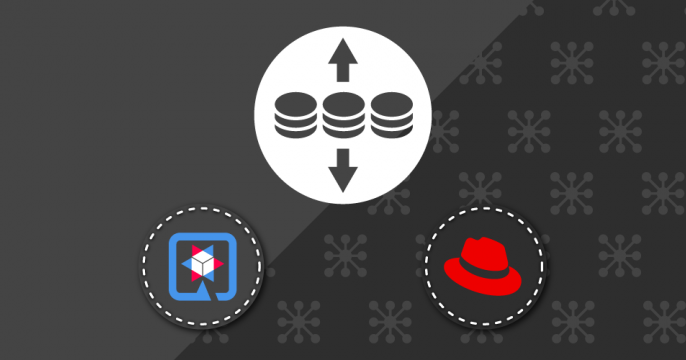
This Quarkus Superheroes demo illustrates how to capture telemetry data...

Learn how to forward Red Hat Quay access logs to Splunk for long-term...
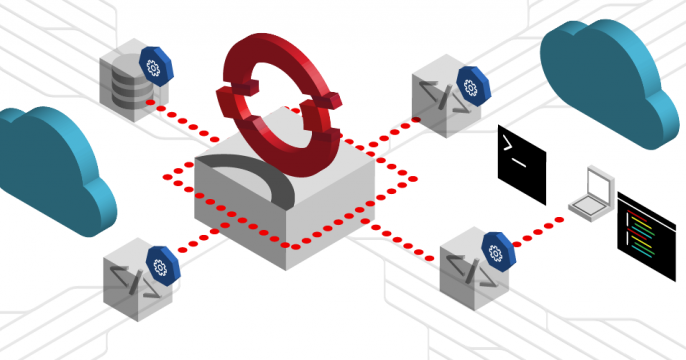
Discover how you can improve observability in Kubernetes using service mesh...

This guide details how to configure the Kiali observability tool to achieve a...

Explore the latest features in network observability 1.10, an operator for...

This guide covers the essentials of Kubernetes monitoring, including key...
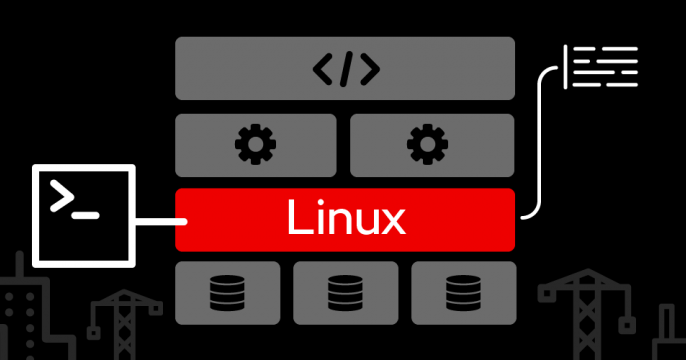
Learn how to use Grafana geomaps to visualize performance data from systems...
